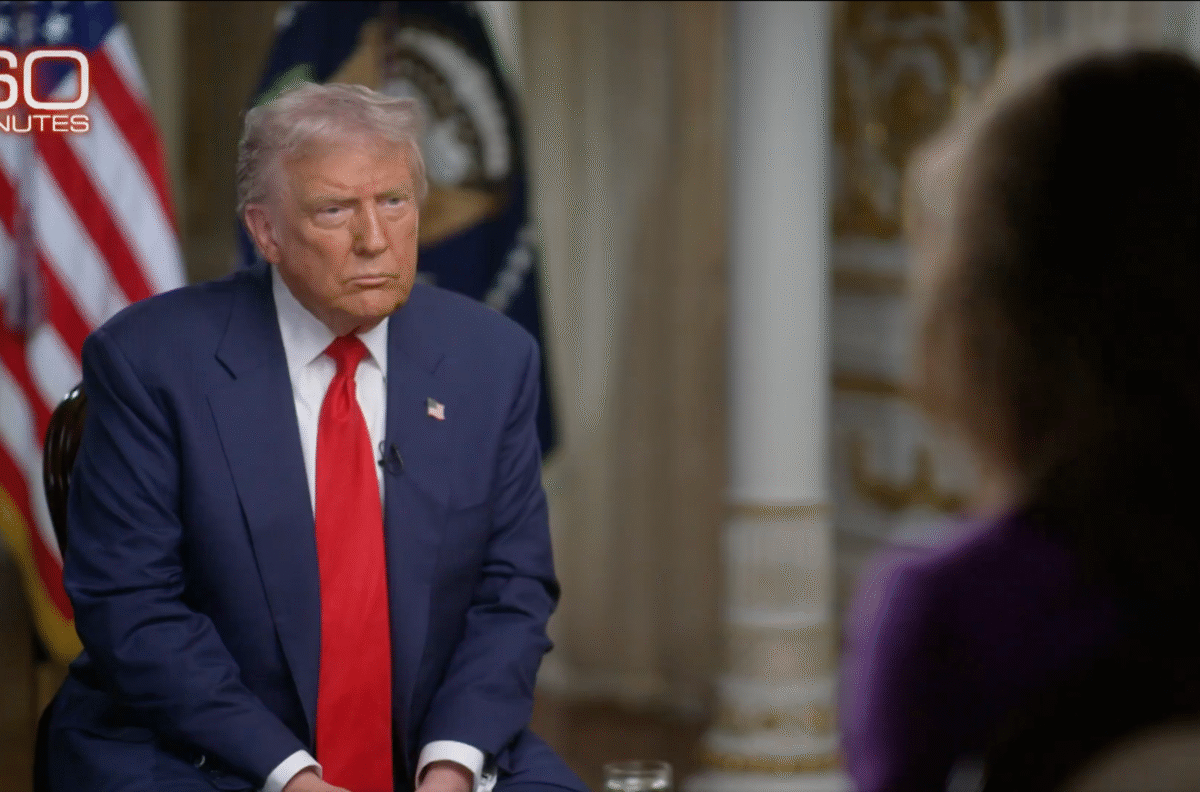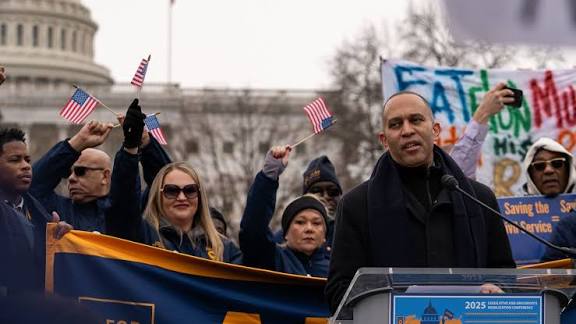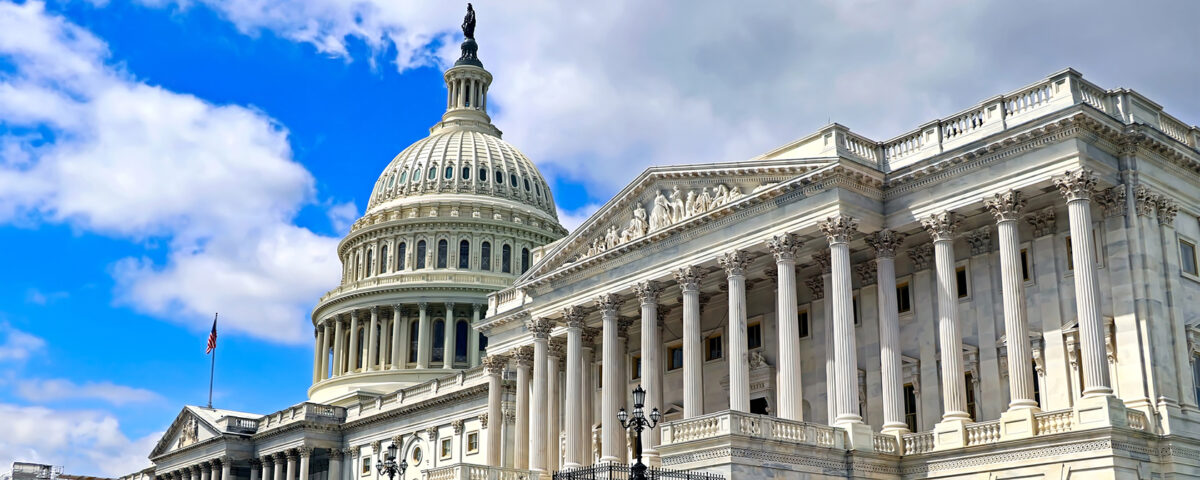39 days and counting: Why the U.S. government shutdown shows no signs of ending

President Trump at his Mar-a-Lago residence during the televised 60 Minutes interview. Image Source: 60 Minutes/X
Washington, D.C. — The U.S. Senate remains locked in a fierce political standoff as Democratic and Republican senators continue weekend negotiations to end what has become the longest government shutdown in American history, now stretching into its 39th day.
Despite marathon talks on Saturday, lawmakers failed to reach a deal, prolonging the uncertainty for millions of federal workers and citizens affected by frozen government operations, halted airline services, and delayed food assistance programs.
No Breakthrough Despite Bipartisan Efforts
The Senate will reconvene in a rare Sunday session, signaling the urgency to break the deadlock. However, progress remains elusive as both parties refuse to yield ground on key sticking points.
At the heart of the dispute is a Democratic demand to extend an Affordable Care Act (ACA) health insurance subsidy for one year before reopening the government. Republicans, led by Senate Majority Leader John Thune (R-S.D.), insist that discussions on healthcare can only begin after the government resumes operations.
President Donald Trump has so far shown little interest in compromise. On his Truth Social account, he urged Republican senators to divert billions in federal healthcare subsidies directly to citizens, calling the ACA — commonly known as Obamacare — “bad healthcare” and urging that funds go “straight to the people.”
Inside the Senate Divide
Behind closed doors, appropriators have been drafting a trio of spending bills designed to be attached to a continuing resolution (CR) passed by the House. The proposal would temporarily reopen the government through December or January, but it has yet to gain enough traction for a floor vote.
Throughout Saturday, Senate Republicans focused their floor speeches on criticizing the ACA and the Democrats’ proposal to maintain the expiring premium subsidies. As of now, Senate Democrats have blocked 14 previous Republican attempts to pass temporary funding measures.
Thune, expressing frustration, said he wants to keep lawmakers in Washington until a resolution is reached. “We just need to get the text out there and have enough votes to actually pass it,” he told reporters.
Democrats Hold Their Ground
Meanwhile, Senate Minority Leader Chuck Schumer (D-N.Y.) and his caucus, buoyed by recent electoral gains, are sticking firmly to their offer: a one-year extension of ACA subsidies paired with a bipartisan working group to address long-term fiscal issues.
Republicans immediately dismissed the proposal. Thune labeled it a “non-starter,” while Sen. Eric Schmitt (R-Mo.) criticized Democrats for being “emboldened by election wins” and suggested redirecting funds from “pet projects” in blue states to pay federal employees during the shutdown.
Still, Democrats argue that their proposal is pragmatic. “We made a simple, scaled-down offer that could get the government running again,” said Sen. Chris Murphy (D-Conn.), adding that Republicans’ refusal to negotiate is “deeply frustrating.”
Sen. Katie Britt (R-Ala.), one of the GOP’s key negotiators, countered that continuing ACA subsidies primarily benefits insurance companies, not working families. “Since Obamacare came into effect, the real winners have been the corporations, not the people,” she said.
Mounting Economic Pressure
The prolonged shutdown is beginning to squeeze the economy. Federal workers remain unpaid, commercial flights are being canceled, and the U.S. Department of Agriculture has delayed food assistance programs serving millions.
As the Senate prepares for another round of talks, both parties face mounting public pressure to end the impasse — but neither side appears ready to blink first.
Frequently Asked Questions (FAQ)
1. How long has the U.S. government been shut down?
As of November 9, 2025, the shutdown has lasted 39 days, making it the longest in U.S. history.
2. What caused the shutdown?
The deadlock stems from a dispute over whether to extend expiring Affordable Care Act subsidies before or after reopening the government.
3. How many people are affected?
Millions of federal workers remain unpaid, and services like airline operations and food aid have been severely disrupted.
4. What is the Democrats’ proposal?
Democrats want a one-year extension of ACA subsidies and a bipartisan group to plan long-term reforms.
5. What is the Republicans’ position?
Republicans want to reopen the government first and debate healthcare policy later, arguing that current subsidies waste taxpayer money.




